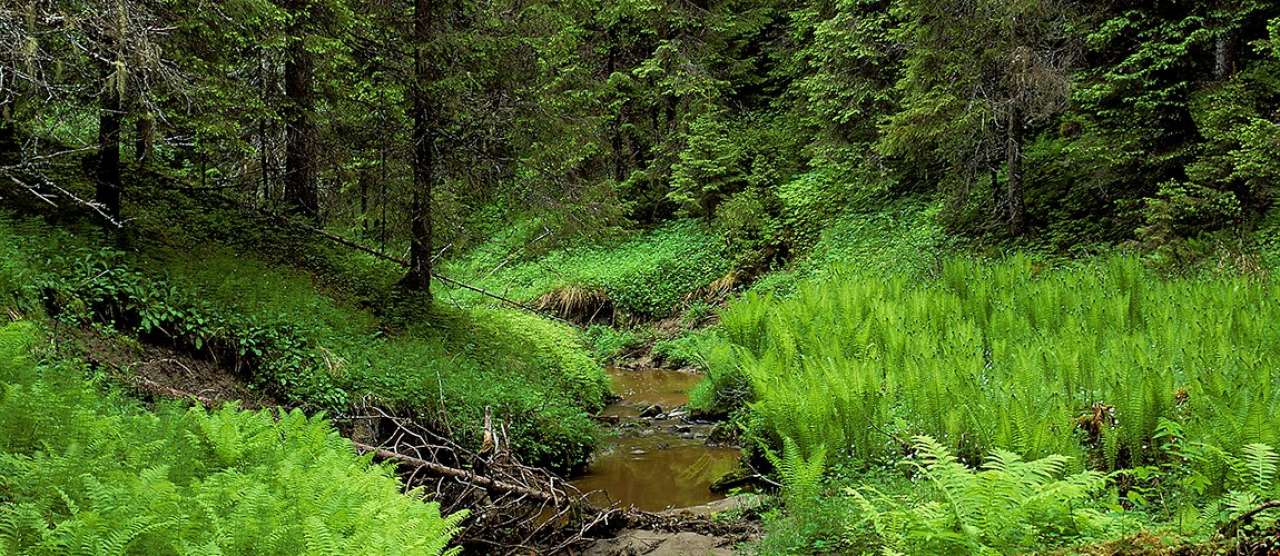Bioeconomy and environmental considerations in the forest

Photo: Svein Grønvold
Forests are a renewable resource and an important part of the bioeconomy. Over 20 000 species have their habitat in the forest, and an increased use of forest resources requires evidence-based methods to take care of the environment and species diversity. “Environmental inventories in the forest” (MiS) is one such method.
Logging of forests changes the living conditions for many plants and animals. In areas where forestry takes place, forested areas that are especially important for biodiversity are set aside. These areas are called key biotopes, and have been selected on the basis of environmental inventories in the forest (MiS).
Since the method was launched in 2000, 119 000 habitats have been registered, of which 87 000 are included as key biotopes, areas set aside as part of environmentally certified forestry.
"If Norway succeeds with the green transition, from a petroleum-based economy to a bioeconomy, the exploitation of forest resources and thus associated environmental challenges will increase, not least when it comes to biodiversity. Therefore it's good that we have already built up a lot of knowledge about the species and habitats in the forest", says Research Professor Ivar Gjerde at NIBIO, who has led the research behind the method.
Environmental registrations give the forest owner information about areas with habitats that are especially important to conserve. These are habitats of which there are fewer when the forest is felled, such as old and dead trees.
Such habitats, left as key biotopes in areas where forestry is carried out, will be especially important for large numbers of species of invertebrates, fungi, vascular plants, mosses and lichens.
"If the exploitation of forest resources is intensified, there will be a need for a corresponding simultaneous strengthening of environmental measures, if we are to preserve biodiversity. Then we need smart, cost-effective measures", explains Gjerde.
Contacts

Contacts

